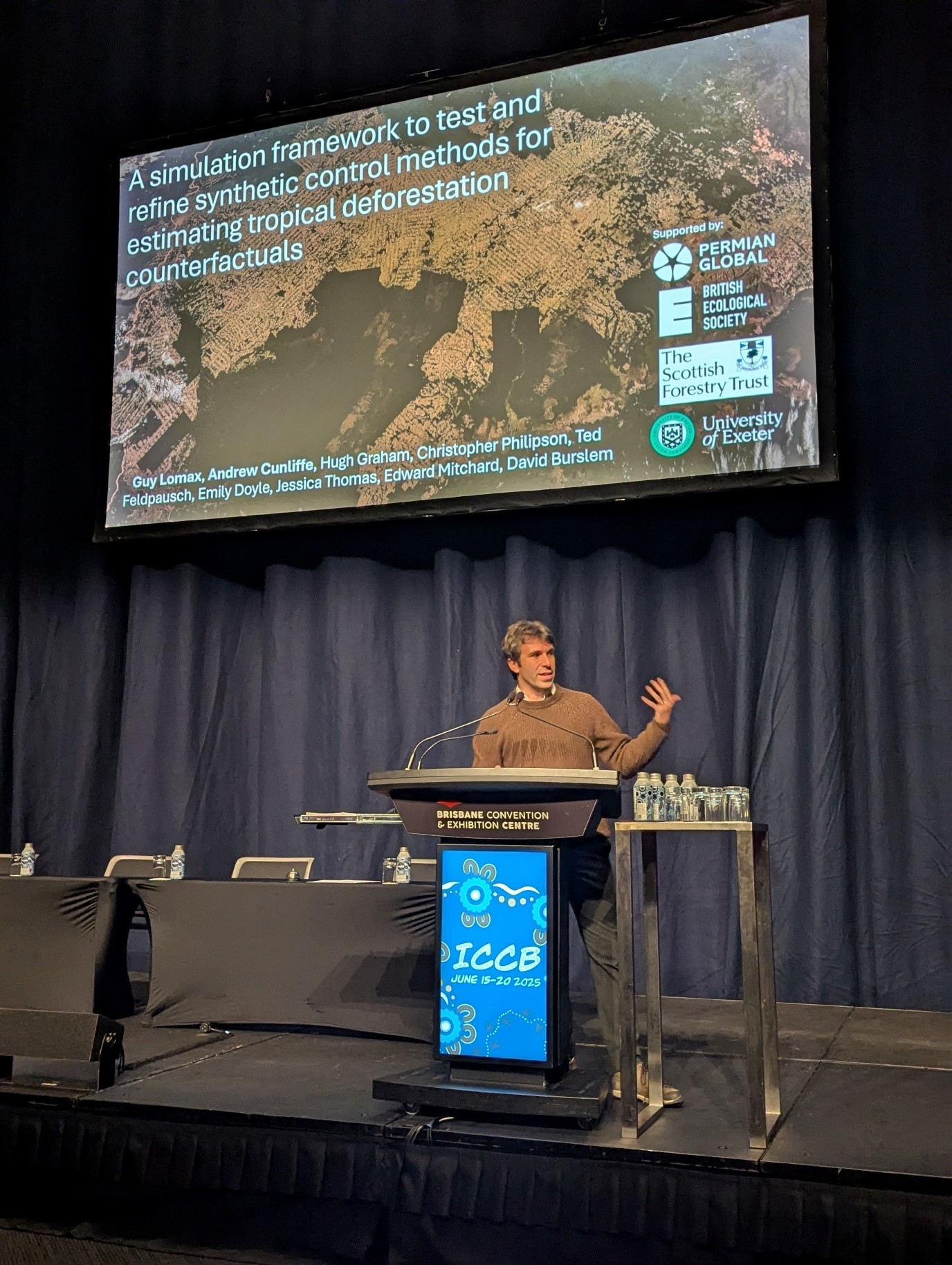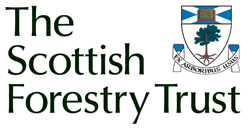Modelling baselines for forest protection and management projects
Posted on
The Scottish Forestry Trust recently supported University of Exeter researcher, Guy Lomax in attending the International Congress for Conservation Biology in Brisbane, 15-19 June 2025. In this blog post, Guy reflects on the connections made and the insights gleaned at the conference.
 Thanks to support from The Scottish Forestry Trust, I was fortunate enough to attend the International Congress on Conservation Biology last month in Brisbane, Australia. Held every two years, the congress brings together 1,500 conservation researchers, practitioners and policymakers from across the world. It was my first time attending this conference and I was blown away by the breadth and richness of the cutting-edge applied research being shared.
Thanks to support from The Scottish Forestry Trust, I was fortunate enough to attend the International Congress on Conservation Biology last month in Brisbane, Australia. Held every two years, the congress brings together 1,500 conservation researchers, practitioners and policymakers from across the world. It was my first time attending this conference and I was blown away by the breadth and richness of the cutting-edge applied research being shared.
I was there to present research I’ve been co-leading at the University of Exeter (with my PhD advisor Andrew Cunliffe) using counterfactual modelling methods to calculate baselines for forest protection and management projects. A robust baseline is fundamental for estimating project impact; this is especially important for carbon and biodiversity credit schemes, where the baseline defines how many credits should be awarded for a given action. We’ve been investigating an emerging approach called the synthetic control method, which models this baseline as a sophisticated weighted average of several “control” forest regions that have similar characteristics to the project area.
I presented our work in a session entitled “Future directions for counterfactual evaluation of conservation interventions” organised by the Society for Conservation Biology’s Impact Evaluation Working Group. We had a fantastic panel of other presenters working on everything from the statistical assumptions underlying counterfactual methods to case studies applying them to real conservation problems. This project is the first time I’ve worked with these methods, so it was fascinating and energising to exchange ideas and feedback with experts in the field.
Through the working group, I also volunteered to facilitate the Forestry and Restoration discussion group at a lunchtime workshop on counterfactual methods. This was a fantastic experience, with 15 experts and practitioners from around the world brainstorming the challenges and solutions for applying these methods to a forestry context. This workshop will form part of a short perspective paper which I’ve been invited to join as a coauthor.
I came away from the conference with invaluable feedback and new connections, but also a sense of being part of a cutting-edge movement and community figuring out how counterfactual methods can transform the way we quantify impact in conservation work. Thank you again to The Scottish Forestry Trust for making this possible.
